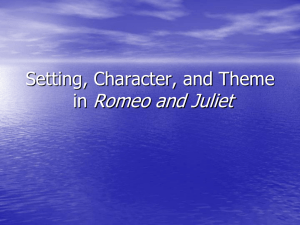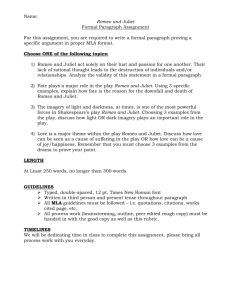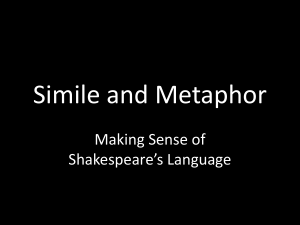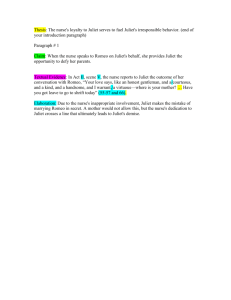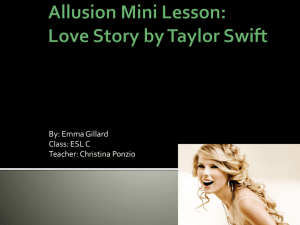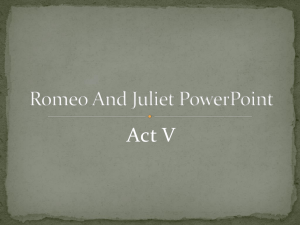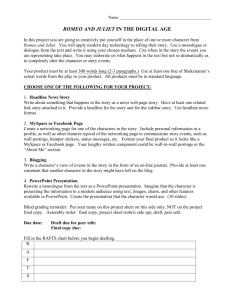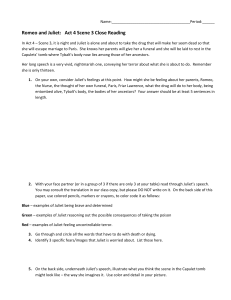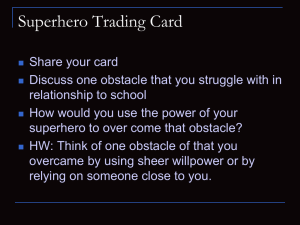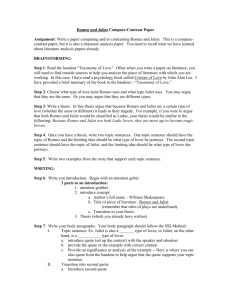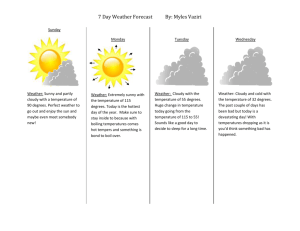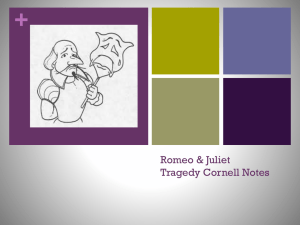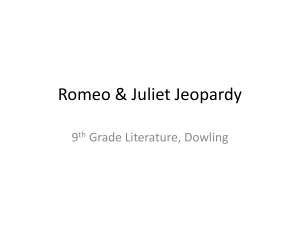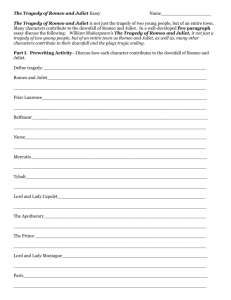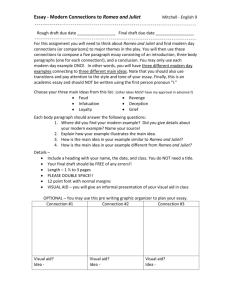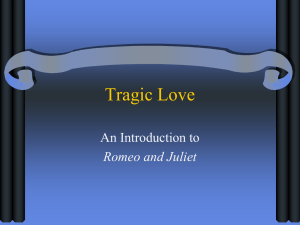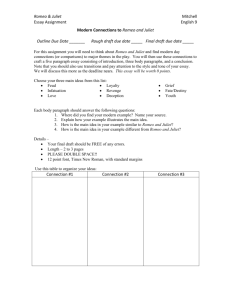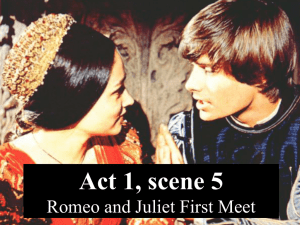CQT Paragraph
advertisement
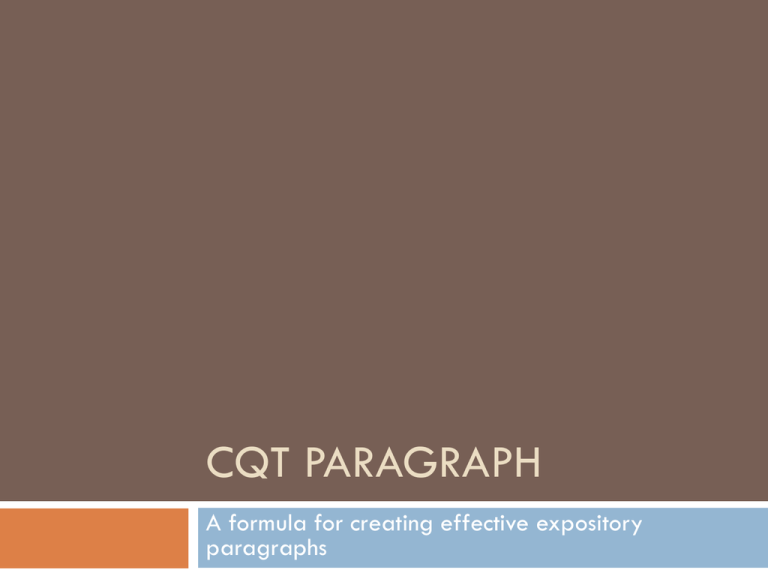
CQT PARAGRAPH A formula for creating effective expository paragraphs Topic Sentence Every paragraph has to start with a lead-in or a topic sentence – sometimes they’re one in the same! The topic sentence needs to clearly explain what your paragraph will be about, for example: Romeo and Juliet do not consider the consequences of their actions. It is clear from this sentence that this paragraph will be discussing the characters of Romeo and Juliet, and will attempt to prove that they fail to think ahead about what could happen. C is for CONTEXT The next sentence should provide context for the quote. Context is the information that we need to know in order to understand what’s going on in our example. When Romeo is in Juliet’s yard and she tells him that he could be killed, he makes a statement that tells us that he is not thinking realistically about what could happen. Now we know what is going on in the quote that is coming next; namely, that this is the part where Romeo and Juliet finally get a chance to speak to each other, and say things that perhaps they shouldn’t. Q is for QUOTE This is where the we supply specific information. Quotes are best because they show the author’s exact words, which makes it easier to show the author’s meaning and, by extension, your point. “My life were better ended by their hate,/Than death prorogued, wanting of thy love” (IIii, 77-78) This quote is used because he is saying that he would be better off being killed by her family than experience death later (naturally), but without her love (REALLY???) Notice only one set of quotation marks (because it’s a play; everything is spoken, but they are directions for the actor so it’s not punctuated like a speaker would be) Also notice the MLA citation: no “pg.” or “line” or anything extra. T is for TIE-IN Here, the we provides a sentence that explains how the quote or example proves the point we said we were going to make in the topic sentence. Here, Romeo is telling us that he would rather be killed immediately instead of waiting for death when it would normally happen, but is he really willing to be killed over a girl he only just met and only talked to for a few minutes? We tie in the quote to the point we made in the topic sentence: that Romeo and Juliet do not think about the consequences of their actions. He snuck into her yard! Their families are enemies! Is he really willing to be killed over her? Next, continue examples or provide a transition to the next topic. Since in our sample, we discussed that both Romeo and Juliet fail to think about the consequences of their actions, it makes sense to continue with an example of Juliet, again providing C, Q, T Otherwise (or after our Juliet example), we would here write a sentence to transition to the next topic, connecting it to what we would be discussing next. See how easy it is?? Now it’s your turn…


